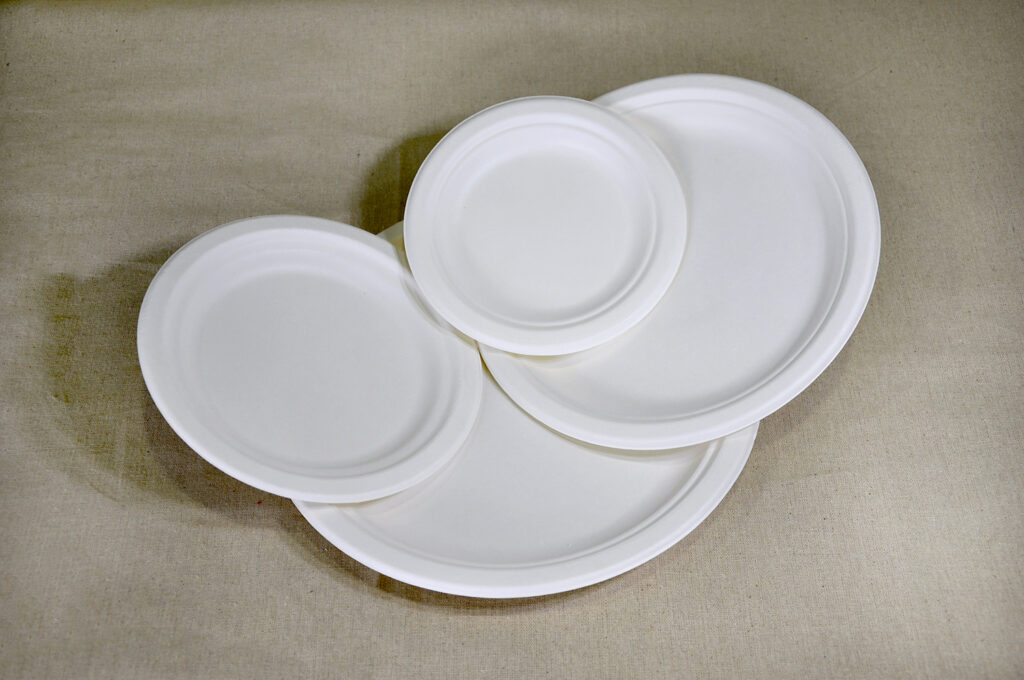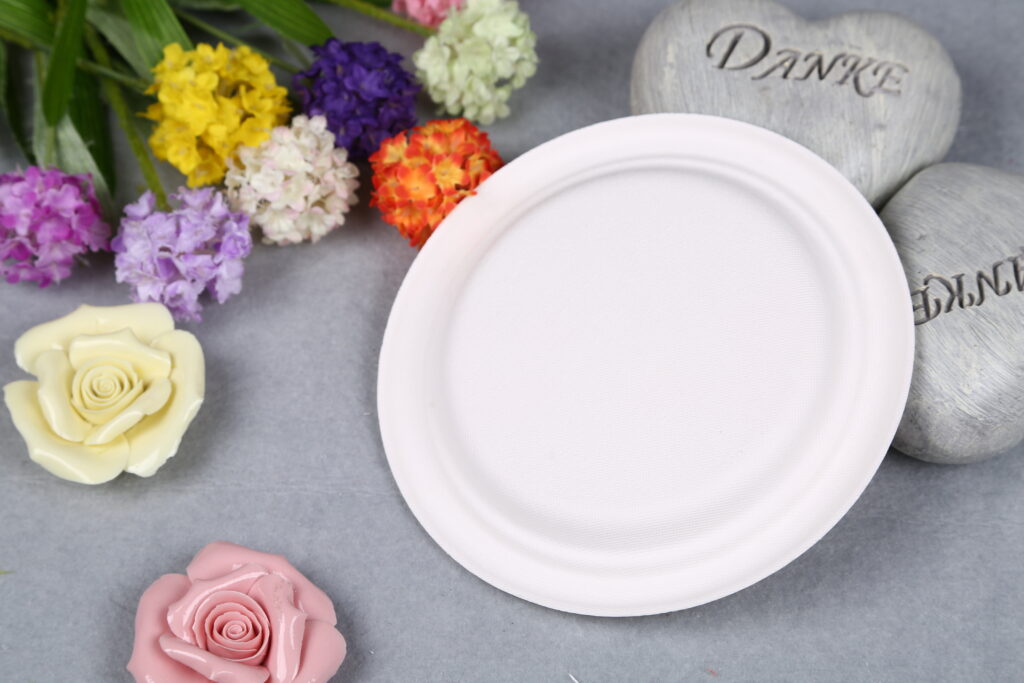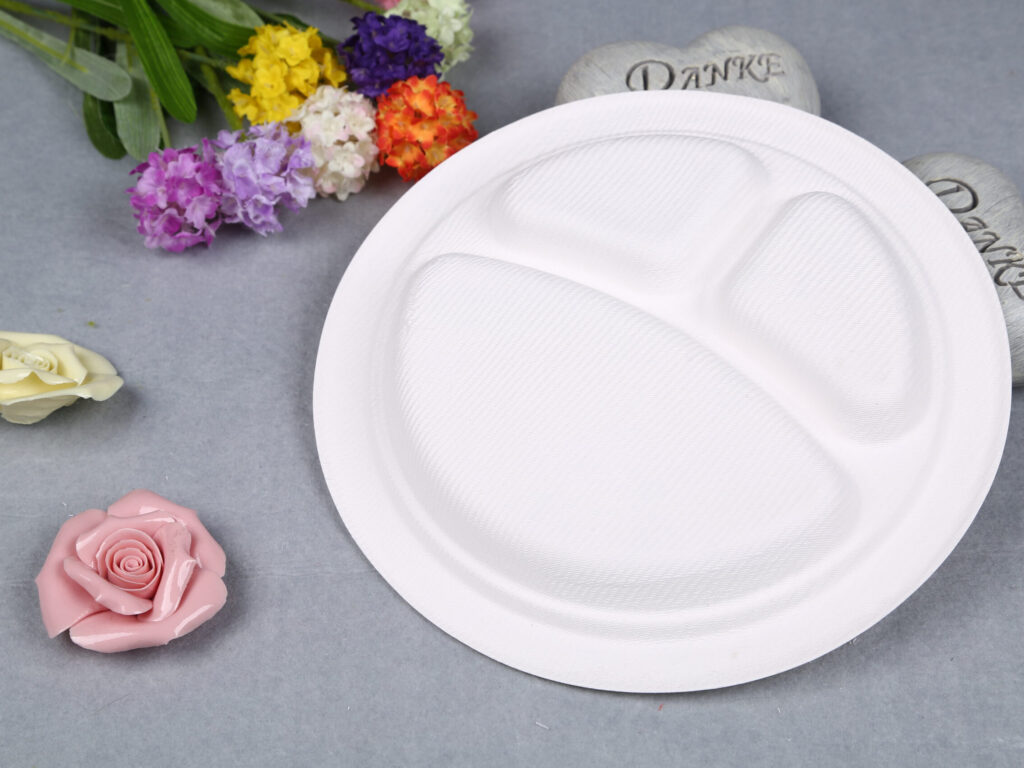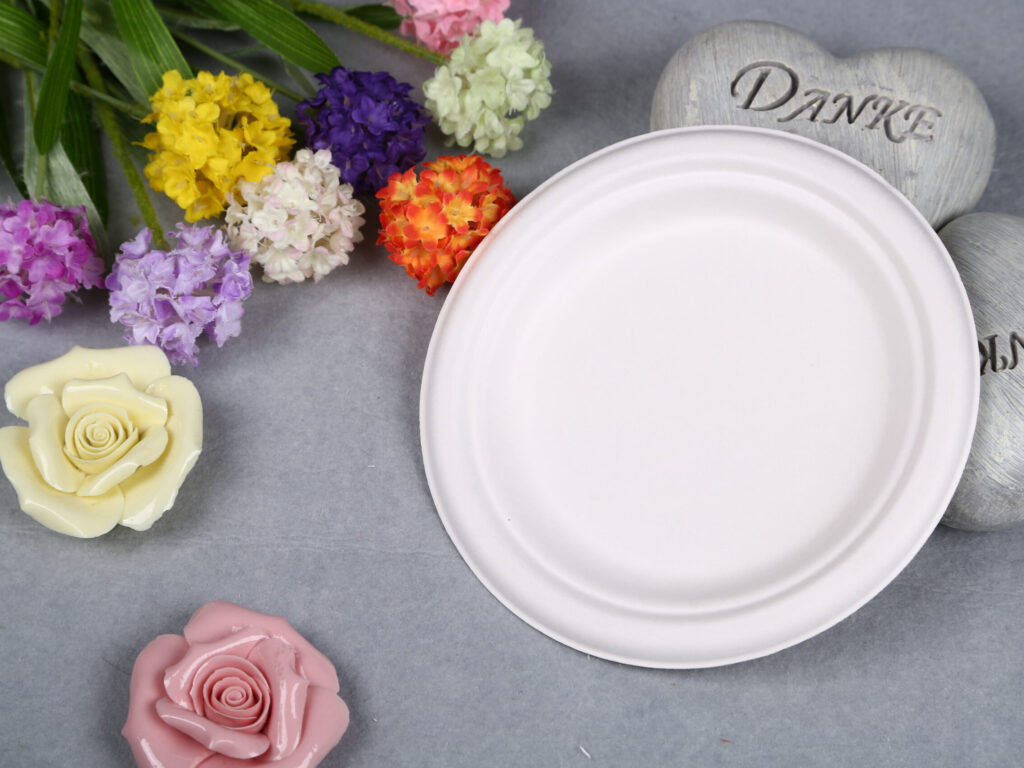Can You Heat Up Compostable Containers?
In today’s world, where eco-friendly food containers are becoming the norm, you’ve probably wondered: can I safely heat up my compostable containers? It’s a great question, especially when you’re dealing with leftovers or warming up takeout. Let’s dive into the practicalities of heating compostable food containers, including popular options like compostable take out containers, compostable clamshell containers, and bagasse takeaway containers.
The Short Answer: It Depends!
Not all compostable containers are created equal when it comes to heat. Their ability to withstand heat depends largely on the material they’re made from. Generally, these containers are designed for serving food, and some are more robust than others when it comes to temperature fluctuations.
 Understanding Different Compostable Materials and Heat
Understanding Different Compostable Materials and Heat
When you see terms like biodegradable to go containers or compostable containers for food, it’s important to know what materials they typically refer to. Here’s a breakdown:
- Bagasse (Sugarcane Fiber): This is one of the most common and heat-tolerant materials for compostable takeaway containers. Bagasse takeaway containers are made from the pulp residue left after sugarcane is processed. They are often microwave-safe and can handle hot foods and liquids well. Many compostable clamshells and compostable soup containers are made from bagasse, making them a great choice for hot meals. You can often reheat food in these without issue, but always check the manufacturer’s recommendations.
- PLA (Polylactic Acid): PLA is a plant-based plastic derived from renewable resources like corn starch. While it’s great for cold applications like salads or desserts, PLA has a lower heat tolerance. It can deform or melt at higher temperatures (around 105-140°F or 40-60°C). This means PLA-lined compostable take out containers or clear PLA compostable soup containers are generally not suitable for microwaves or ovens. They’re perfect for cold meals but should be avoided for reheating.
- Recycled Paperboard with Linings: Some eco-friendly food containers are made from recycled paperboard, often with a compostable lining to prevent leaks. The heat resistance here depends on the lining material. If it’s a PLA lining, the same heat limitations apply. If it’s a different, more heat-resistant compostable lining, it might tolerate warmer foods, but microwaving is usually not recommended unless explicitly stated.
 Key Considerations When Heating Compostable Containers
Key Considerations When Heating Compostable Containers
To ensure safety and maintain the integrity of your eco-friendly takeout containers, keep these points in mind:
- Always Check Manufacturer Guidelines: This is the most crucial step! Reputable manufacturers, like us at Keyi, will clearly indicate whether their compostable containers are microwave-safe or suitable for hot foods. Look for symbols or text on the product packaging or on the product description page.
- Microwave vs. Oven: Generally, if a compostable container can handle heat, it’s usually designed for microwave use, not conventional ovens. Ovens reach much higher temperatures that most compostable materials cannot withstand without deforming, melting, or even posing a fire risk.
- Hot Liquids: While many compostable soup containers are designed for hot liquids, rapid temperature changes or prolonged exposure to extremely hot liquids can sometimes affect their integrity. Be mindful, especially with very hot soups or coffees.
- Food Temperature: The temperature of the food you’re placing in the container matters. Freshly cooked, very hot food is different from reheating cold leftovers. Bagasse containers, for instance, are generally good for hot, fresh food.
- Not for Cooking: Remember, biodegradable containers for food are designed for serving and holding food, not for cooking. Never attempt to cook food directly in these containers.
Why Choose Compostable and Biodegradable Containers?
Even with these heating considerations, the benefits of choosing biodegradable takeout containers wholesale or compostable clamshells far outweigh the limitations. They offer a sustainable alternative to traditional plastics, reducing landfill waste and minimizing environmental impact. When properly composted, these materials break down into nutrient-rich soil, completing a truly circular economy.
At Keyi, we are committed to providing high-quality eco friendly food containers wholesale that meet your needs while prioritizing environmental responsibility. We offer a wide range of compostable containers for food, including durable bagasse takeaway containers and various biodegradable take out containers, all designed with both functionality and sustainability in mind.
 The Bottom Line
The Bottom Line
When it comes to heating compostable containers, caution and checking the product specifications are key. While bagasse takeaway containers often offer good heat resistance for reheating in the microwave, other materials like PLA are best kept away from high temperatures. By making informed choices, you can confidently use your compostable food containers to enjoy your meals while also supporting a healthier planet.
Ready to make the switch to truly sustainable food packaging? Explore our extensive range of compostable and biodegradable containers for food at KEYI and find the perfect eco-friendly solution for your business!









